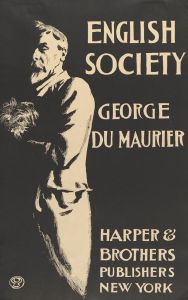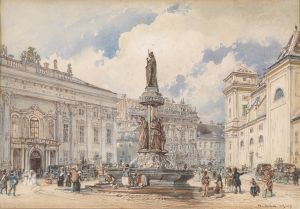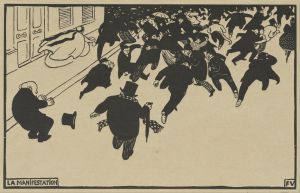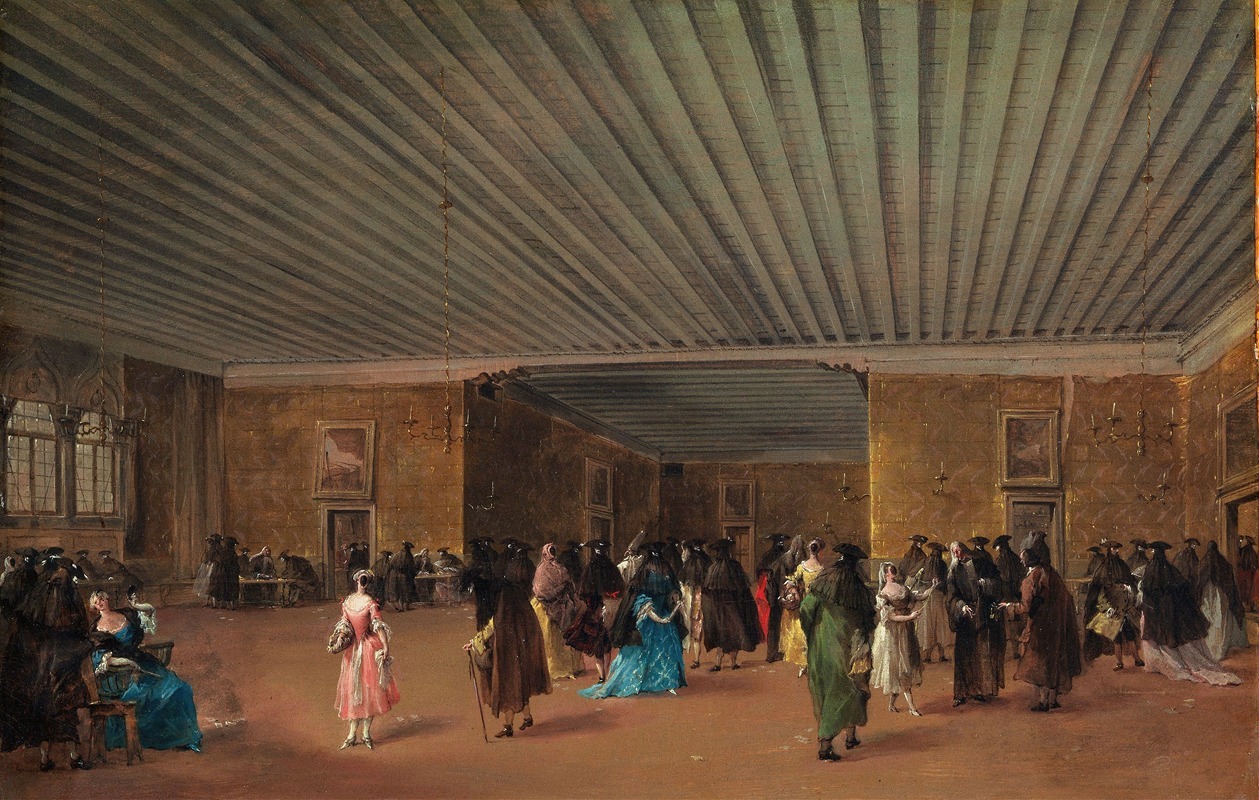
The Ridotto Pubblico at Palazzo Dandolo
A hand-painted replica of Francesco Guardi’s masterpiece The Ridotto Pubblico at Palazzo Dandolo, meticulously crafted by professional artists to capture the true essence of the original. Each piece is created with museum-quality canvas and rare mineral pigments, carefully painted by experienced artists with delicate brushstrokes and rich, layered colors to perfectly recreate the texture of the original artwork. Unlike machine-printed reproductions, this hand-painted version brings the painting to life, infused with the artist’s emotions and skill in every stroke. Whether for personal collection or home decoration, it instantly elevates the artistic atmosphere of any space.
"The Ridotto Pubblico at Palazzo Dandolo" is a painting by the renowned Venetian artist Francesco Guardi. Guardi, who lived from 1712 to 1793, was a prominent figure in the Venetian school of painting and is best known for his vedute, or detailed cityscapes, which capture the essence of 18th-century Venice.
This particular painting, "The Ridotto Pubblico at Palazzo Dandolo," depicts the interior of the Ridotto, a public gaming house located in the Palazzo Dandolo in Venice. The Ridotto was established in 1638 and became one of the first legal gambling houses in Europe. It was a place where people from various social strata, including nobility, merchants, and travelers, could gather to gamble and socialize. The Ridotto was closed in 1774 by order of the Venetian government, which sought to curb the moral decay and financial ruin associated with gambling.
In Guardi's painting, the viewer is presented with a lively and bustling scene. The artist's use of light and shadow, combined with his attention to architectural detail, brings the interior of the Ridotto to life. The room is filled with elegantly dressed men and women engaged in various activities, from playing cards and dice to conversing and observing the scene. The opulent decor, with its chandeliers, mirrors, and richly adorned walls, reflects the grandeur and decadence of the Venetian aristocracy.
Francesco Guardi's style is characterized by his loose brushwork and vibrant color palette, which convey a sense of movement and atmosphere. In "The Ridotto Pubblico at Palazzo Dandolo," these elements are evident in the dynamic composition and the lively expressions of the figures. The painting captures not only the physical space of the Ridotto but also the social dynamics and cultural milieu of 18th-century Venice.
Guardi's work is often compared to that of his contemporary, Canaletto, who also painted Venetian scenes. However, while Canaletto's works are known for their precise and detailed representation, Guardi's paintings are more impressionistic, focusing on the overall mood and ambiance. This distinction is evident in "The Ridotto Pubblico at Palazzo Dandolo," where Guardi's technique creates a vivid and immersive experience for the viewer.
Today, "The Ridotto Pubblico at Palazzo Dandolo" is considered an important example of Guardi's oeuvre and a valuable historical document of Venetian life. The painting is housed in the Louvre Museum in Paris, where it continues to be admired by art enthusiasts and historians alike. Through this work, Francesco Guardi provides a window into the past, offering a glimpse of the vibrant and cosmopolitan world of 18th-century Venice.





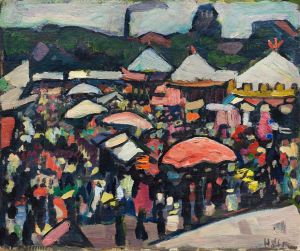
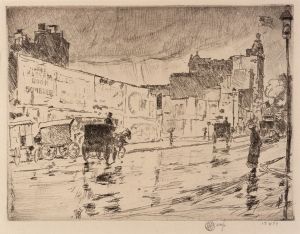
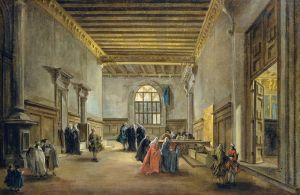
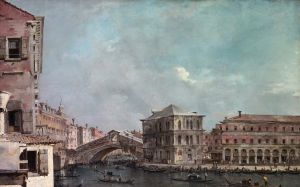
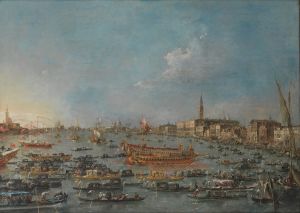

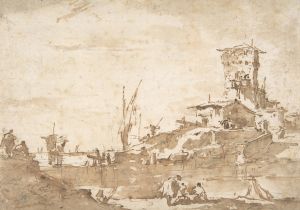

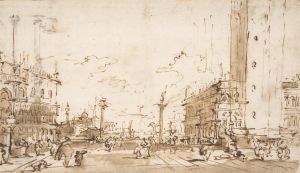
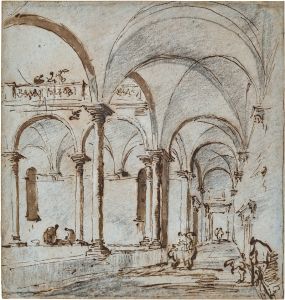
![Studies of New York Coliseum, Columbus Circle, Convention Center.] [Color study perspective](/imgs/249444/s/winold-reiss-studies-of-new-york-coliseum-columbus-circle-convention-center-color-study-perspective-9184607e.jpg)
